Sheikh Zayed Mosque: A symbol of magnificence

The most distinguishing feature of the Sheikh Zayed Mosque are its walls clad with pure white marble
(Web Desk) - The Sheikh Zayed Mosque in Abu Dhabi, the largest mosque in the United Arab Emirates, is the quintessence of beauty and splendour.
The mosque, whose foundation was laid by the late Sheikh Zayed bin Sultan al-Nahyan, opened up in 2007. The huge mosque, which spreads to an area of 30 acres, can house 40,000 worshippers at a time.
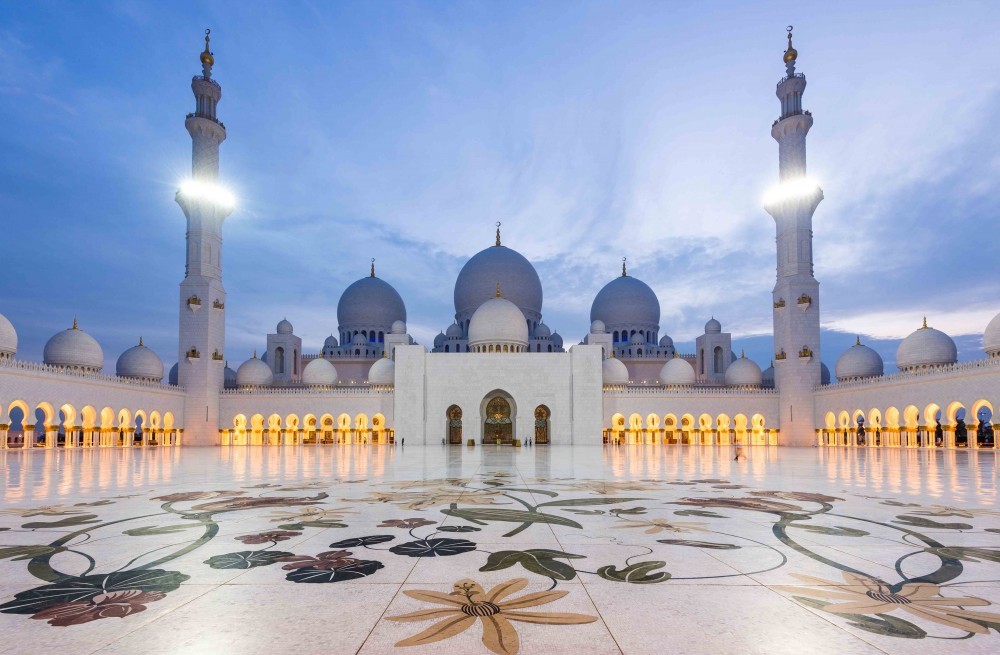
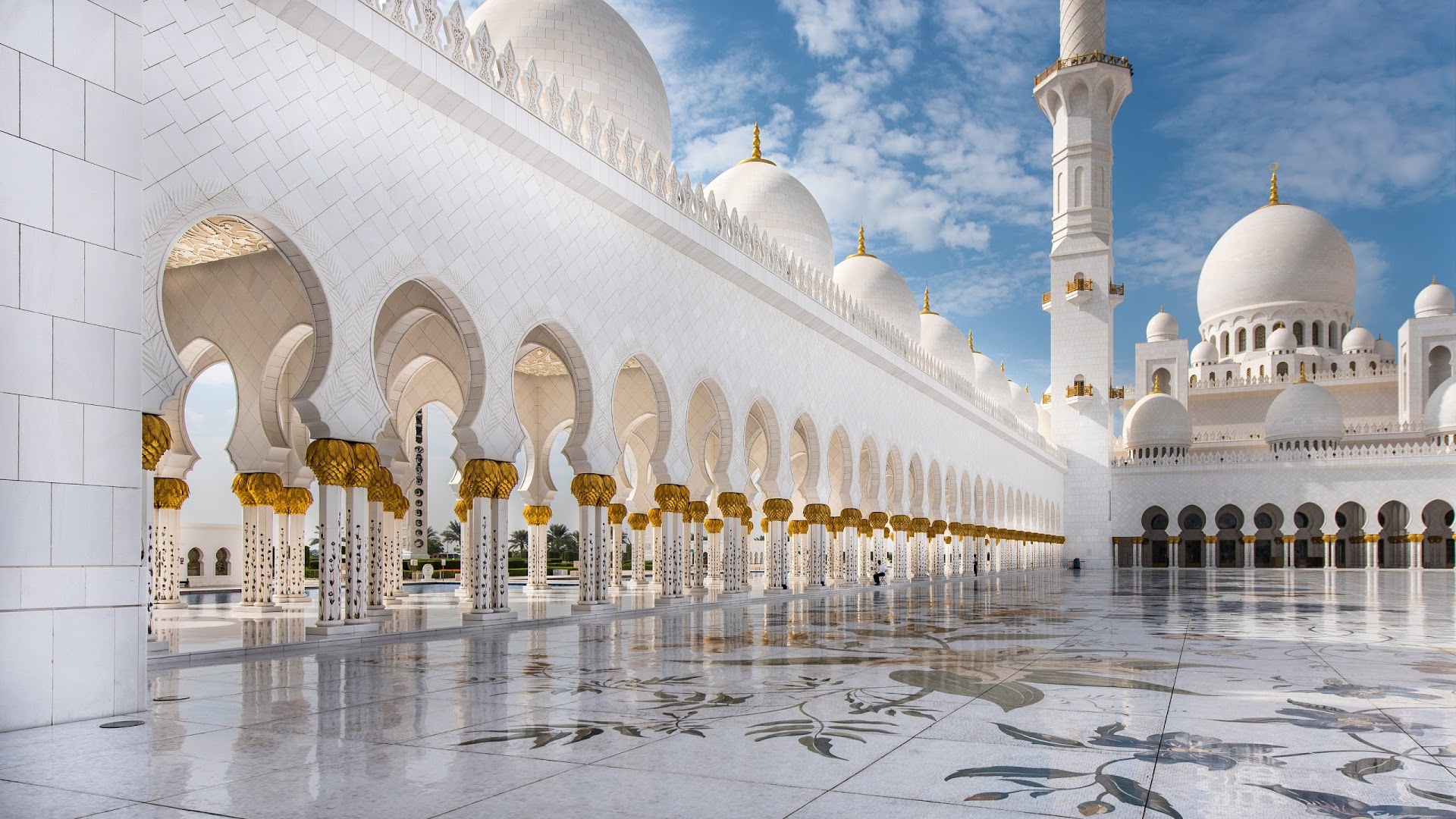
The most distinguishing feature of the Sheikh Zayed Mosque are its walls clad with pure white marble. The mosque’s 80 domes, influenced from Moroccan architecture, add to its grandeur. The domes were also constructed using white marble, and the inside of the domes feature verses from the Holy Quran.
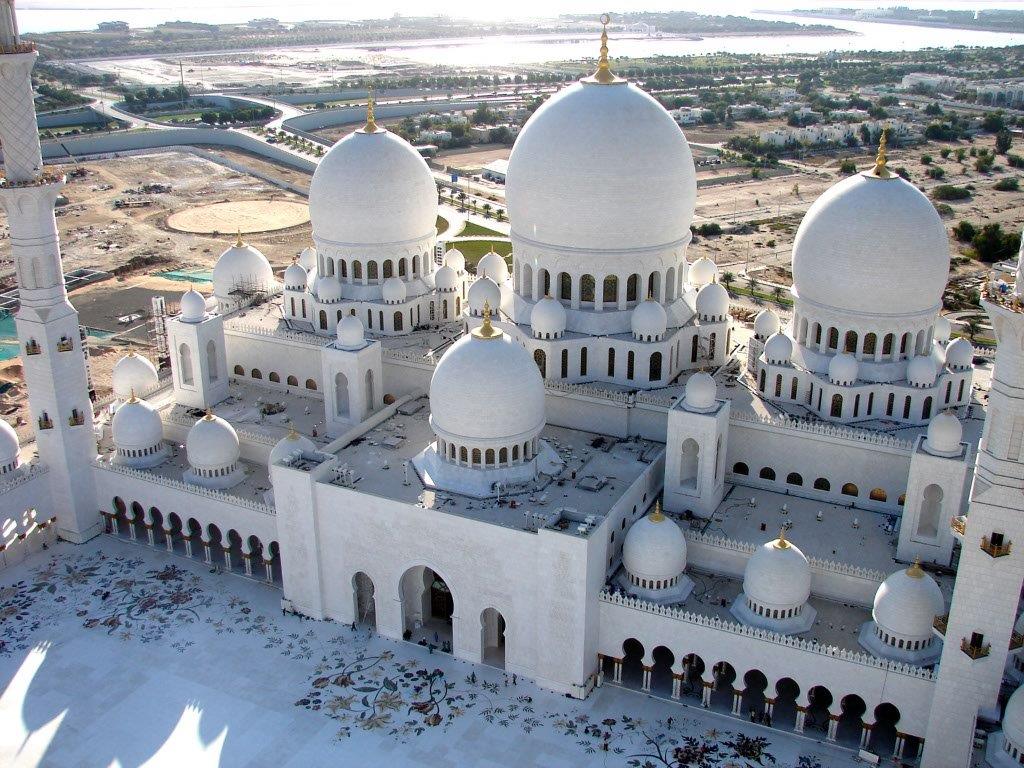
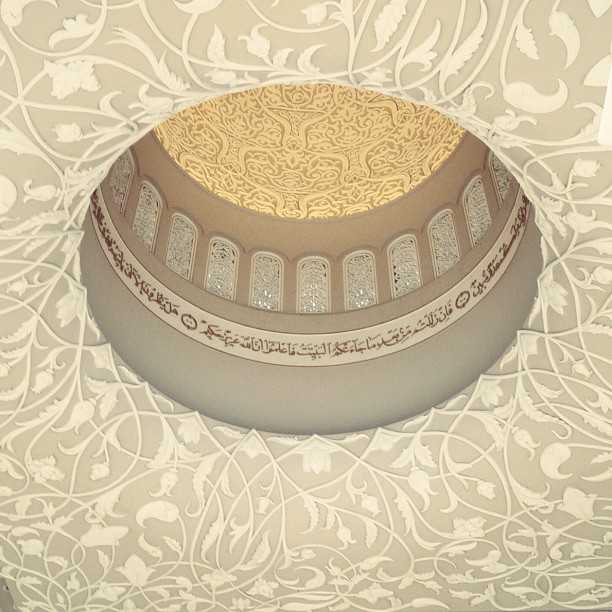
The floral motifs on the floor of the mosque’s courtyard give the impression that the floor is covered with a decorative sheet made of cloth. The walls of the mosque are also engraved and painted with decorative patterns and designs, while the wall facing the Qibla features the 99 names of Allah.
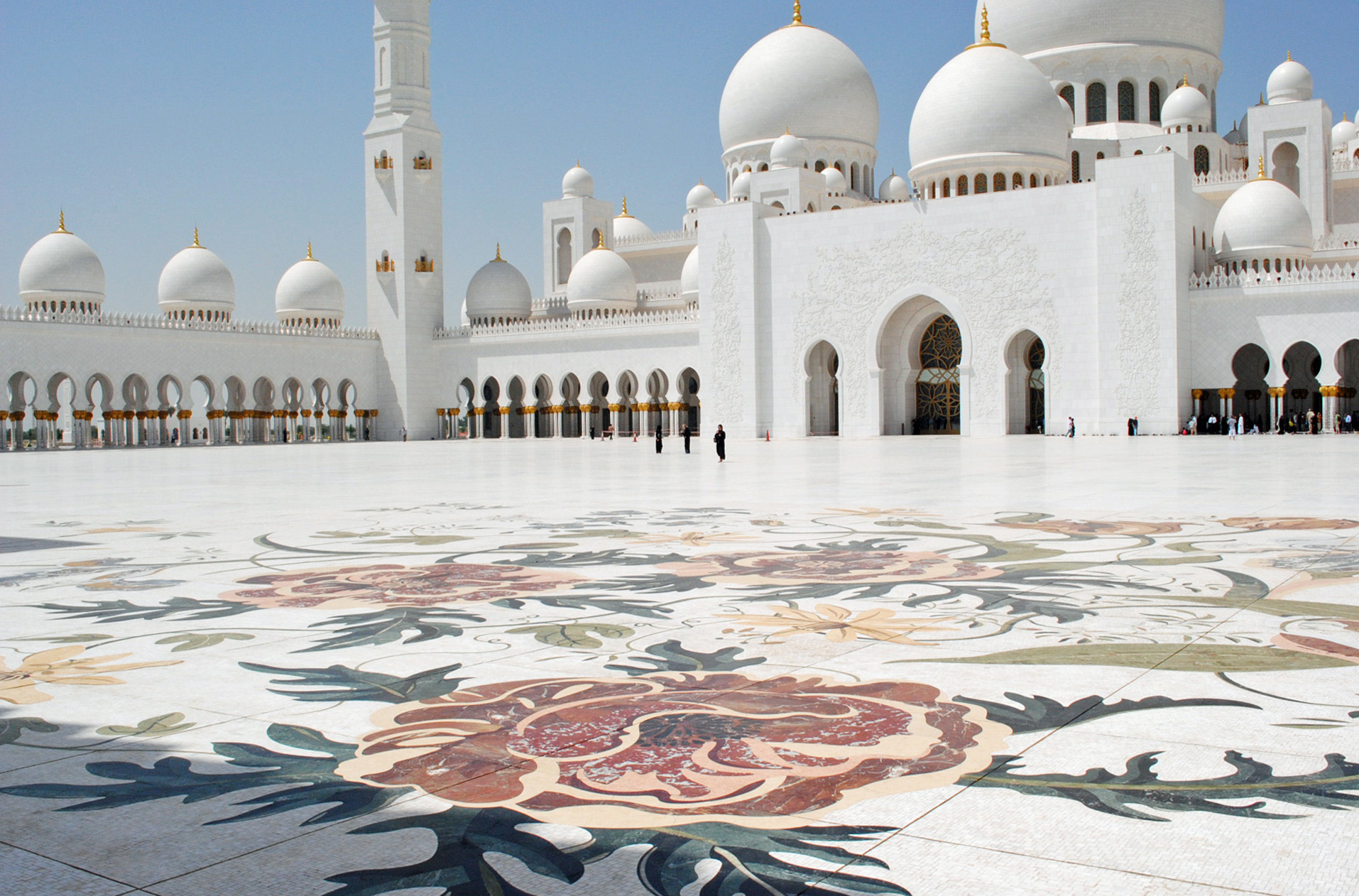
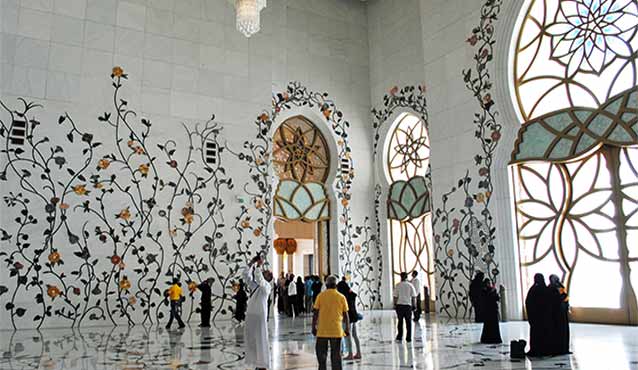
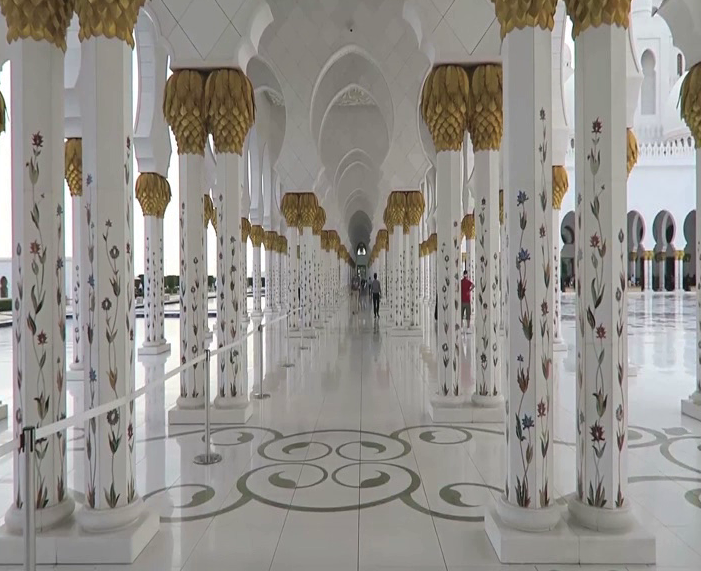
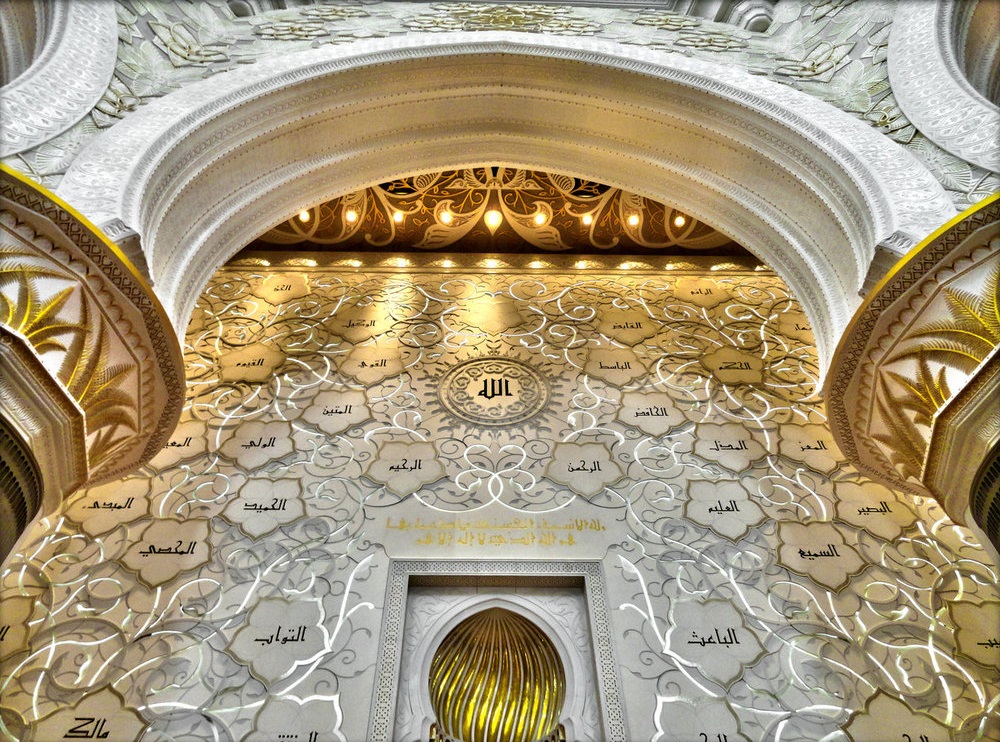
The floor of the main hall of the mosque is covered with the largest hand-woven carpet in the world. The carpet weighs 35 tonnes, and it is reported that around 1200 artisans took part in weaving the carpet. The colourful designs and patterns on the carpet are a testament to the hard work that went into the making of this carpet.
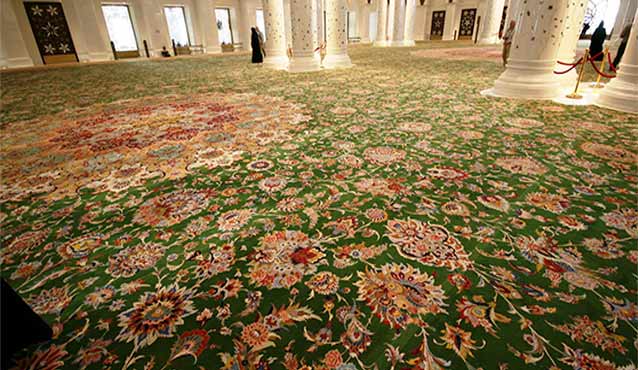
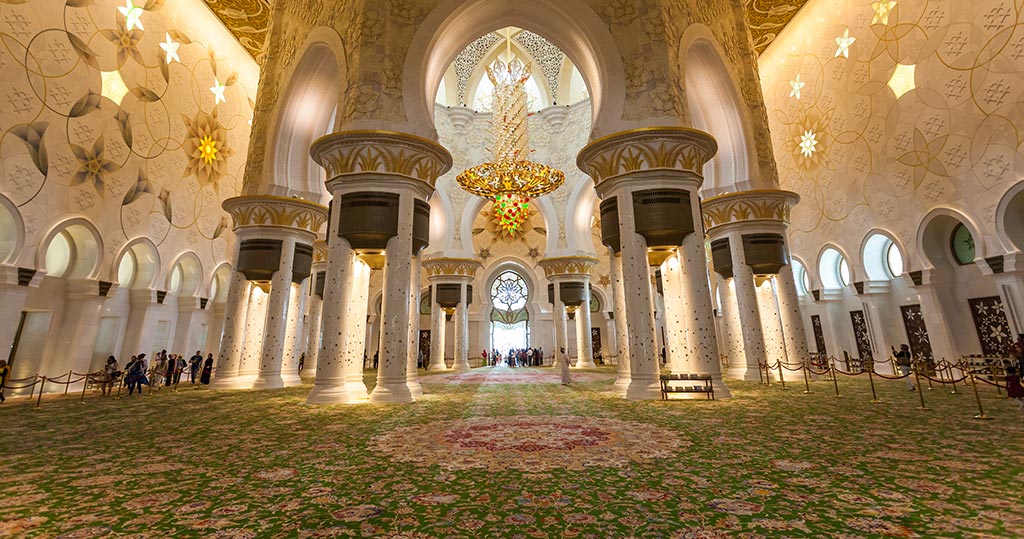
Another salient feature of the mosque is that the main hall of the mosque houses a 12-tonne chandelier that is the largest in a mosque in the world. Precious stones and galvanized gold was used in the making of this chandelier.

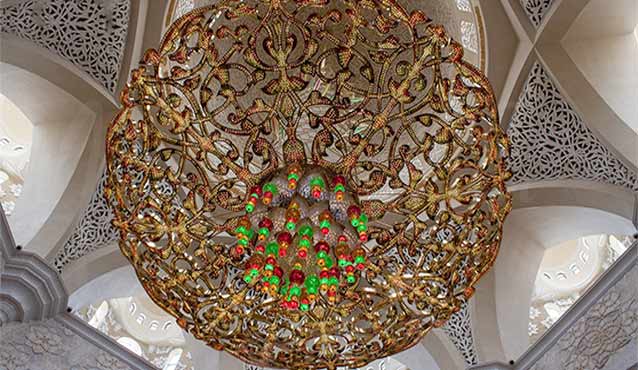
Outside, the walkways are surrounded by ponds that add to the beauty and serenity of the mosque. People from every country and religion are allowed into the mosque for educative tours and the courtyard and hallways of the mosque are thronged with both worshippers and tourists.

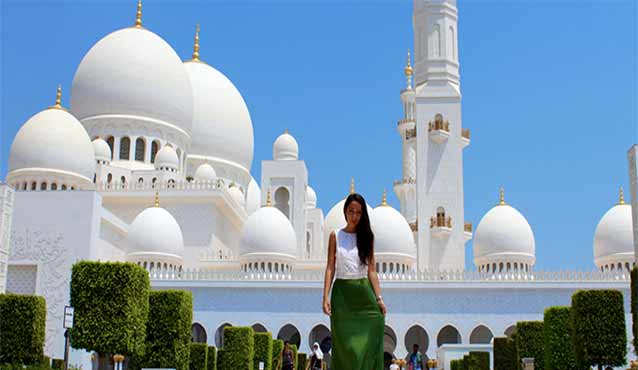
It is reported that in the construction of the mosque, 38 contractors and thousands of workers took part in the various projects related to the building of structures and the decoration of the mosque. Workers from countries such as Greece, Italy, Germany, China, Austria, India and New Zealand worked on these projects.


